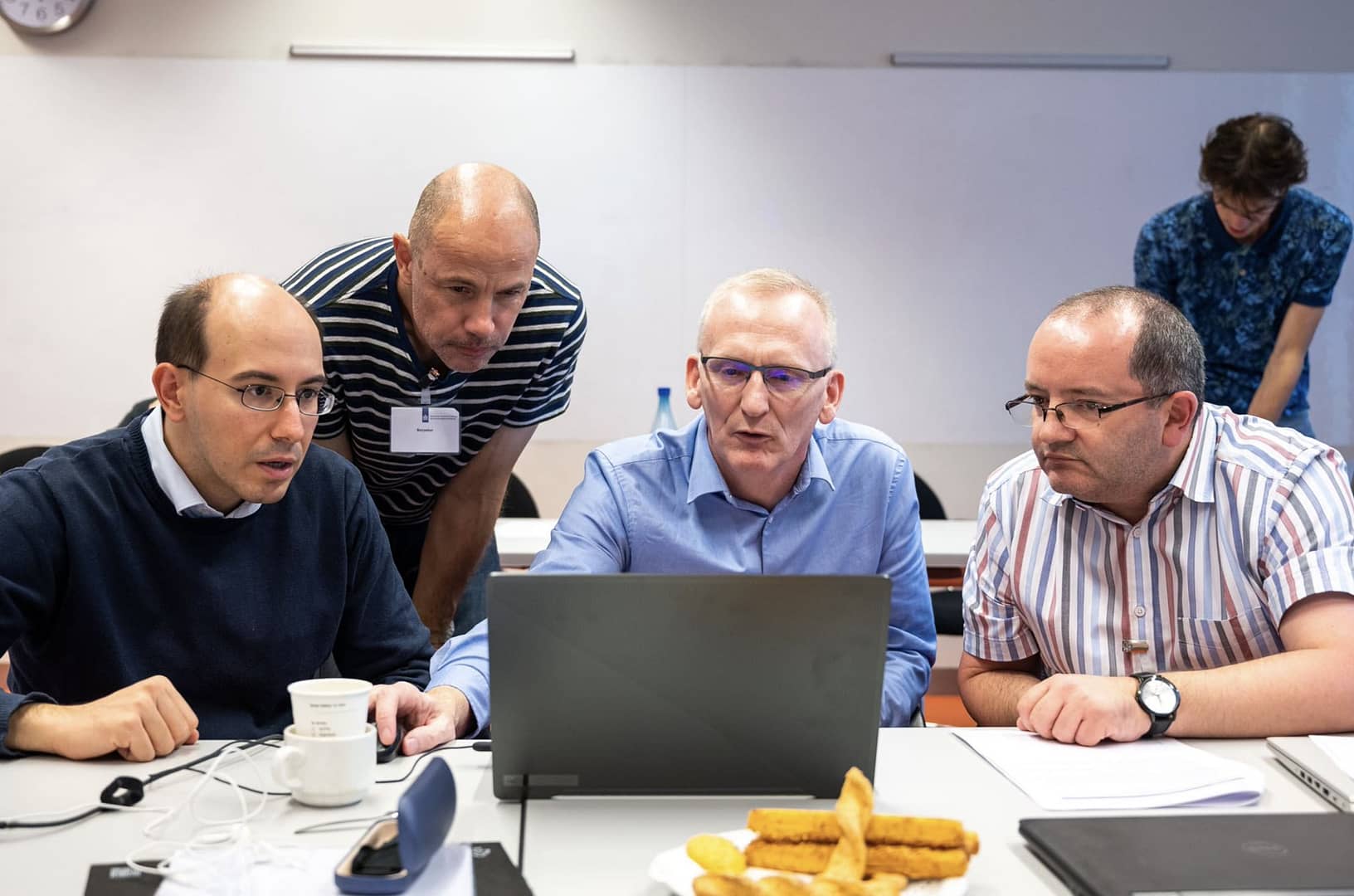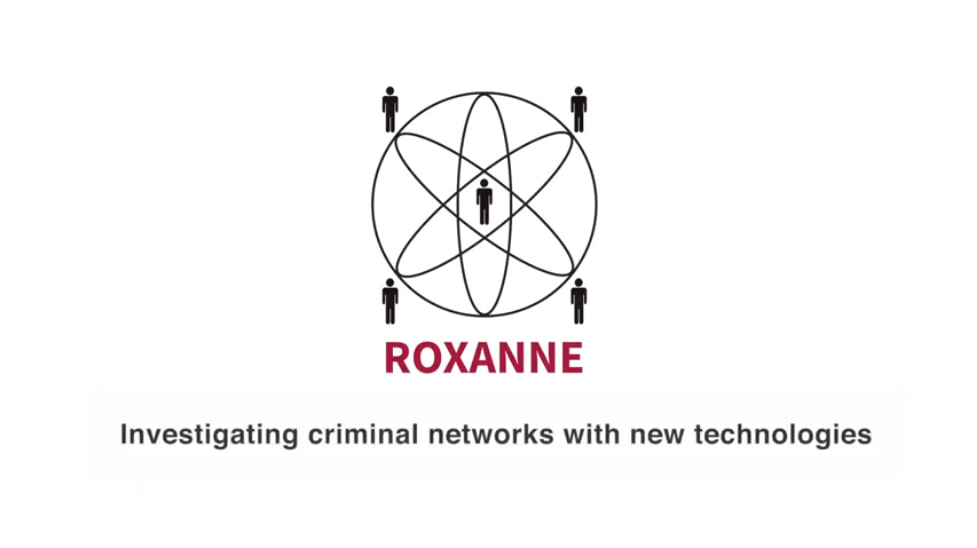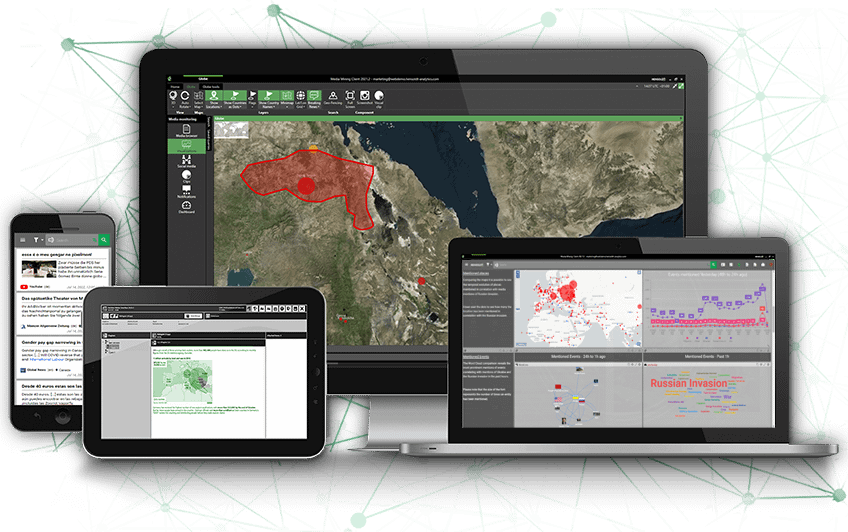The ROXANNE Project’s second Field Test event took place on October 8, 2021 at the Netherlands Forensic Institute (NFI) premises in The Hague, the Netherlands. The event brought together more than 100 participants with various backgrounds, while our own Research team participated both physically (Gerhard Backfried and Erinc Dikici) and virtually (Dorothea Thomas-Aniola and Miroslav Janosik).
The aim of this field test was to demonstrate the usefulness and performance of the ROXANNE technologies through their effectiveness on three specific case studies, and to showcase the capabilities of the platform which is being developed jointly by the project partners.
The event featured a dedicated hands-on session, where the end users of the project had the chance to experiment with the platform functionalities and were able to give immediate feedback about its compliance with their needs and expectations.
Overall, the developments in the project as well as the platform were well accepted by the audience. The feedback received during the test will help improve the future development of the ROXANNE project.
This event was the first ever physical gathering after the project’s kick-off, which happened more than two years ago. For the HENSOLDT Analytics team and the project partners, it was a valuable opportunity to get to know each other better, to coordinate the upcoming activities more easily, and to establish important connections with the end-users of the project.
The ROXANNE project aims to develop an analytics platform enhancing investigation capabilities to unmask criminal networks. HENSOLDT Analytics is leading the data management work package and is also contributing with its speech and language processing technologies.
Read about the previous Review Meeting of the project.
Find out more about the ROXANNE Project here.






